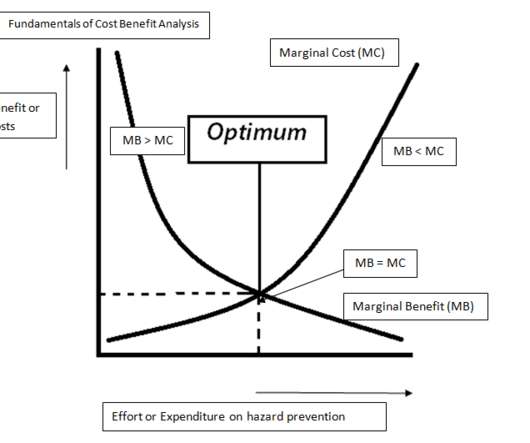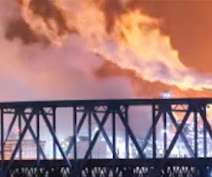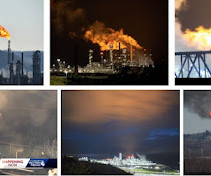Cost-Benefit Analysis: FAQs
Legal Planet
OCTOBER 25, 2021
Cost-benefit analysis is required for all major regulations. However, since Ronald Reagan’s first days in office, Presidents have ordered agencies to make cost-benefit analysis for major regulations a major part of their decisions. Q: How does an agency determine the cost of a regulation? Those laws are a minority.












Let's personalize your content